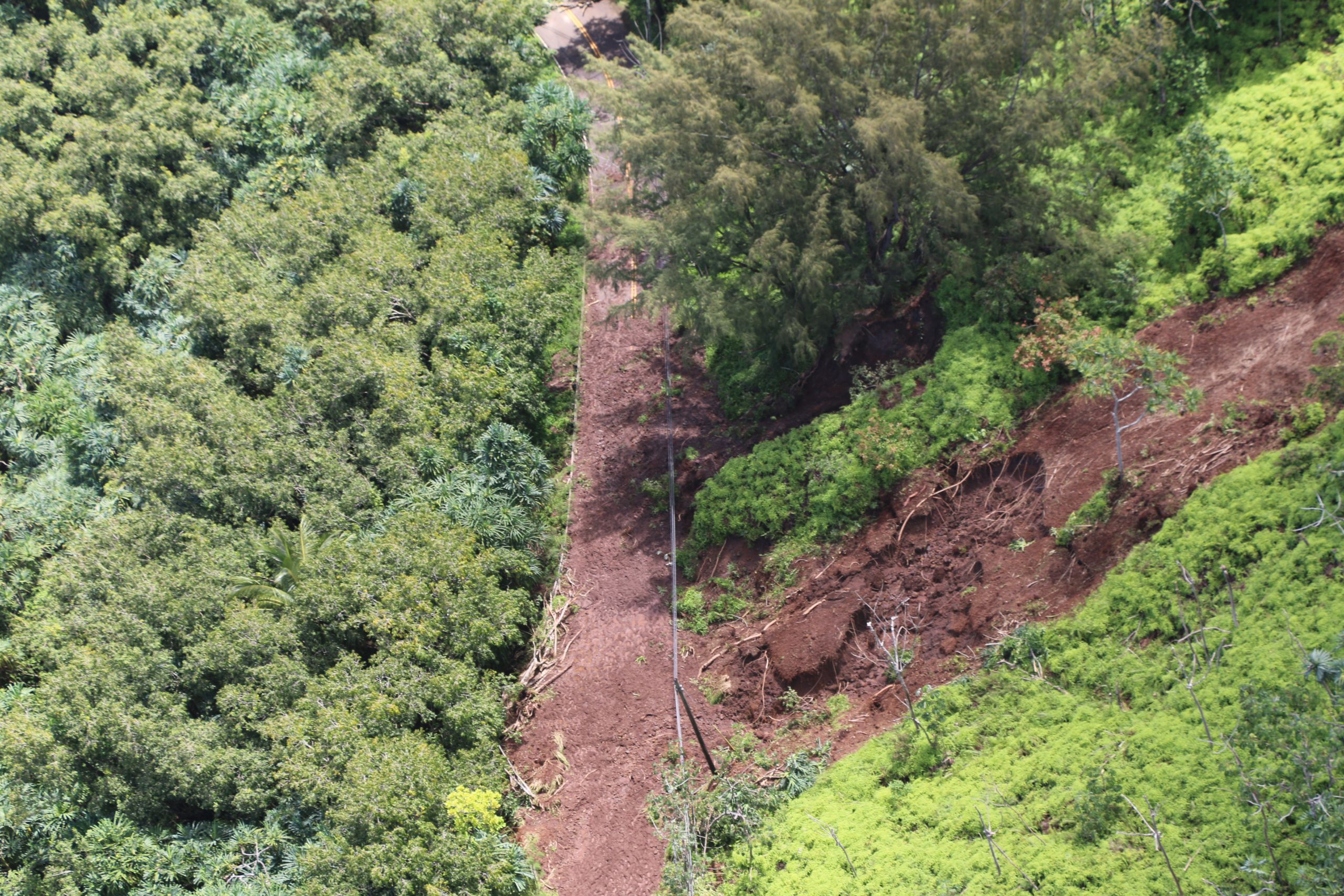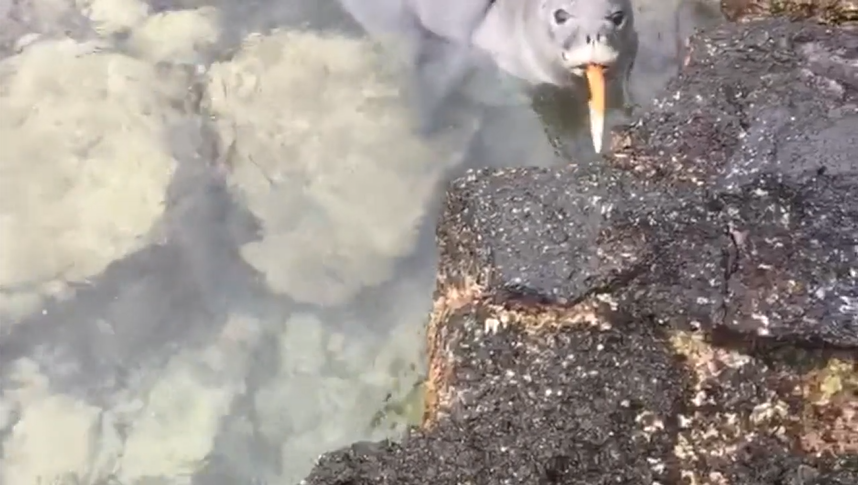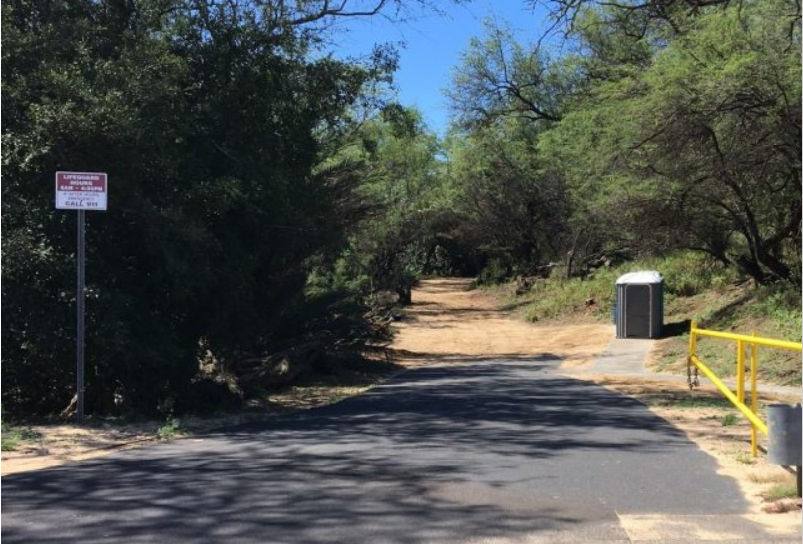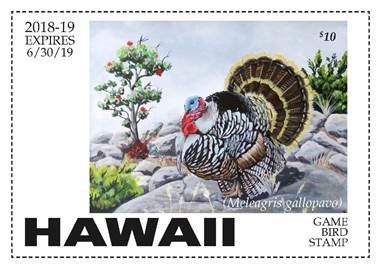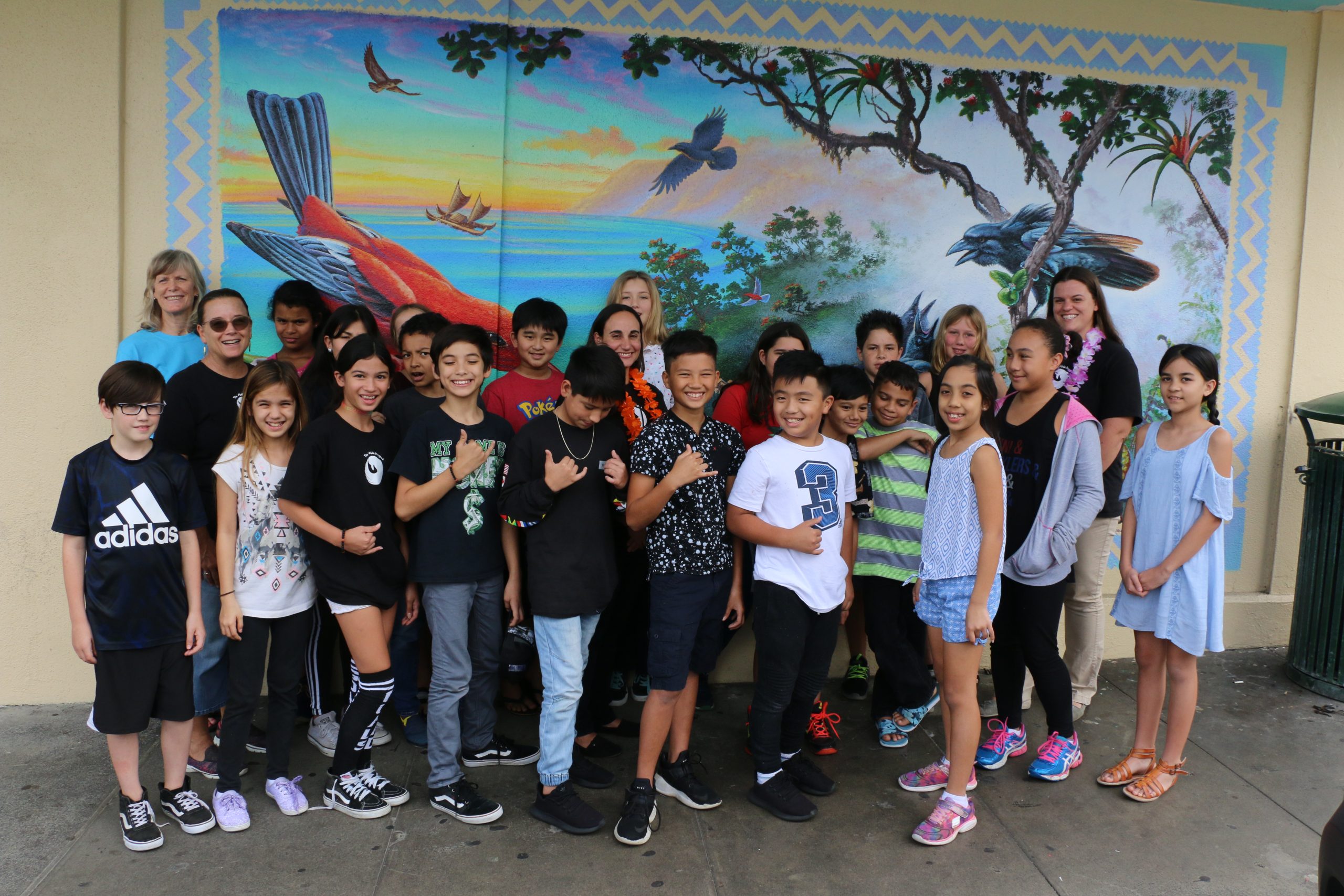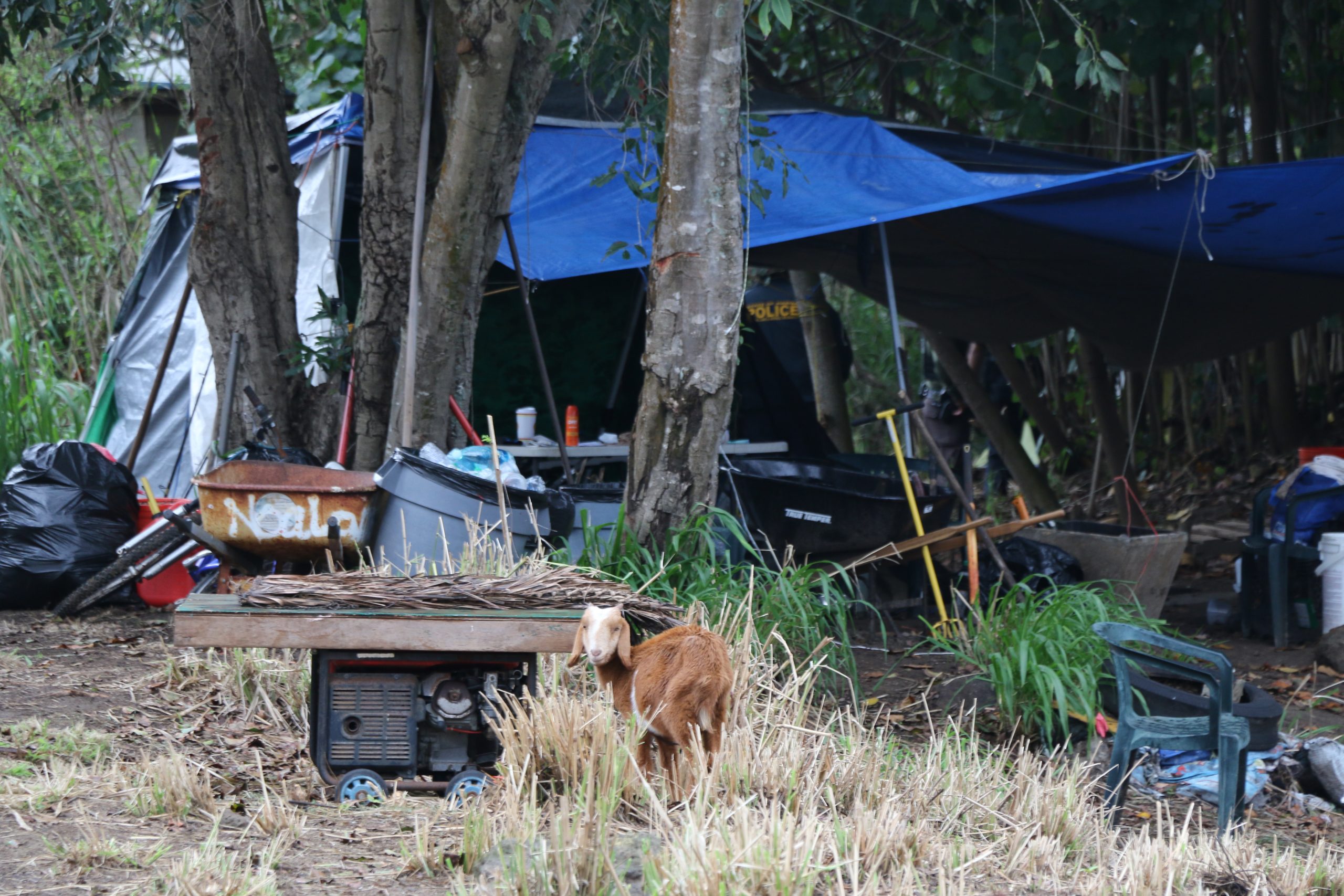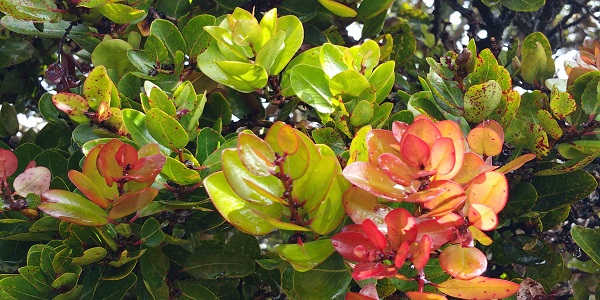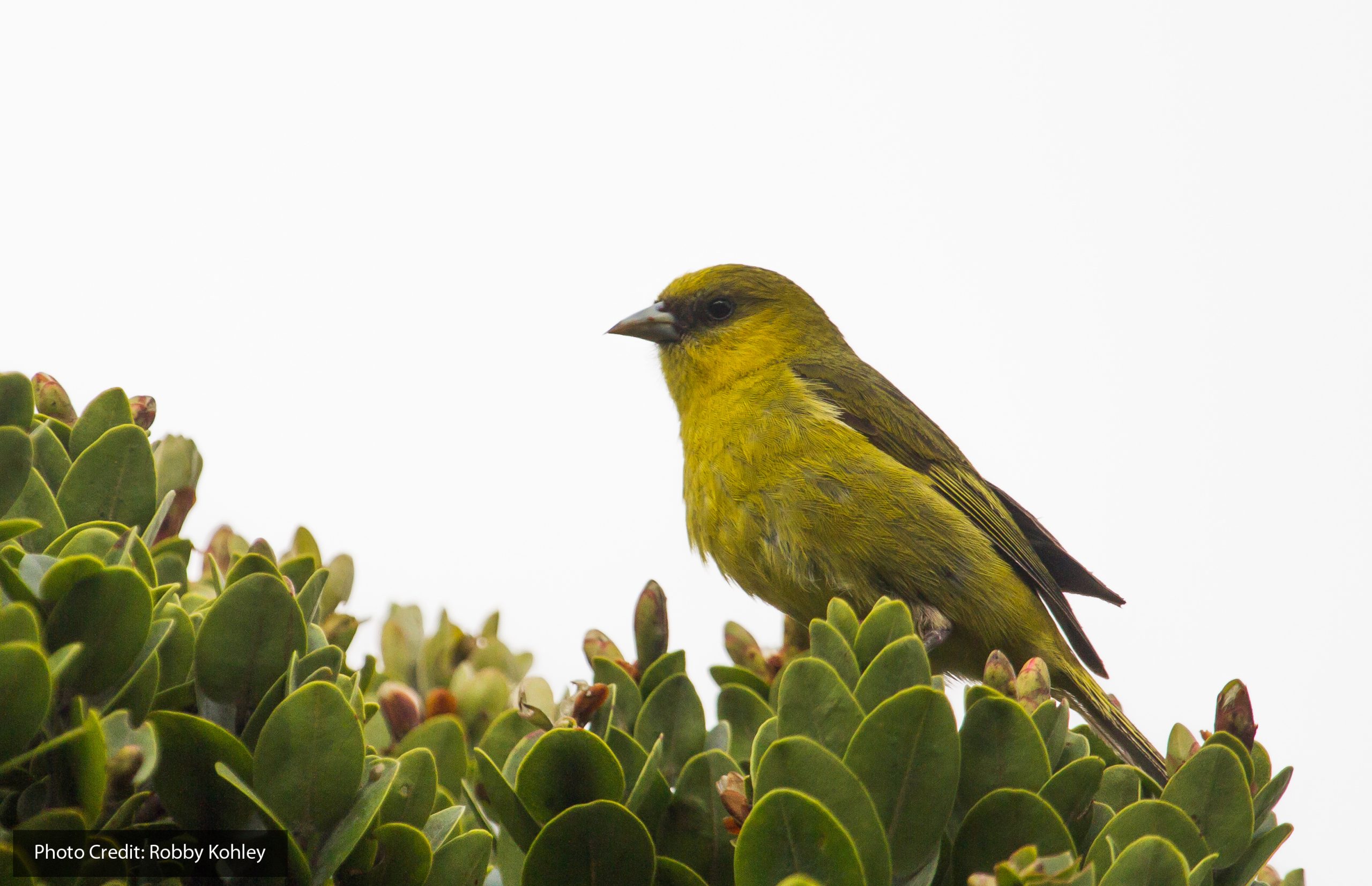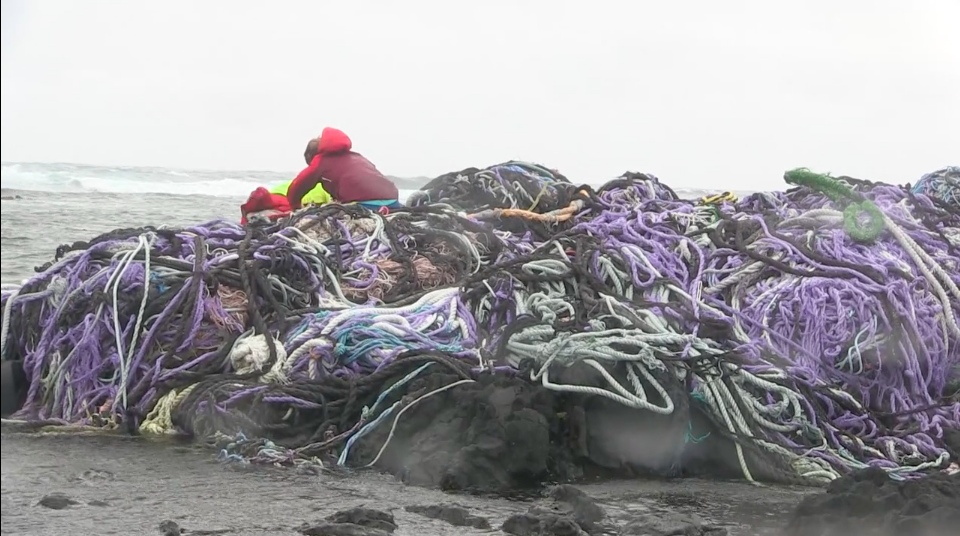(LIHUE) – Two major State Parks on Kaua‘i will remain closed indefinitely. Hāʻena State Park and the adjacent Nāpali Coast State Wilderness Park (including the Kalalau Trail) on Kauai are closed due to flood damage affecting both parks. Kuhio Highway, the only way in and out of both parks has been closed by multiple landslides since record-breaking rains pounded the north shore of Kaua‘I last weekend. Closures will likely be for an extended period, while damage assessments and repairs are completed.
slider
(HONOLULU) – Had it been something other than a sharp fishing knife perhaps the video would have been endearing? A Hawaiian monk seal pup named Manu‘iwa recently weaned from its mother on a Hawai‘i Island beach. Staff from Ke Kai Ola, a hospital operated by The Marine Mammal Center at Kailua-Kona and officers from the DLNR Division of Conservation and Resources Enforcement (DOCARE) have been monitoring the pup’s health and growth.
MAKENA, MAUI -- On Thursday morning, April 12, 2018, the DLNR Division of State Parks will be conducting maintenance work at Makena State Park to trim overhanging and hazardous branches in the park. For public safety, the first park entrance (first paved parking lot at the north end) will be closed approximately 5 hours, from 7 a.m. through 12 noon. All other sections of the park, with the exception of the project area, will remain open.
(HONOLULU) – Since President’s Day weekend the road system at Ka‘ena State Park has been mostly closed to try and prevent additional resource damage caused by off-road vehicles. The two-mile-long unpaved road is popular with fishermen who use it to access the north shore waters and over the years it’s also been popular with off-road enthusiasts. “Unfortunately,” explained Curt Cottrell, administrator of the DLNR Division of State Parks, “After we clearly marked and designated the only roads in the park where driving is permissible we’re still experiencing some drivers wanting to go off-road – meaning they are not staying on designated routes which were specifically designated to prevent the common practice known as mud-bogging.”
HONOLULU — The Department of Land and Natural Resources, Division of Forestry and Wildlife would like to thank all the wildlife artists who submitted amazing art entries for the 2018-19 Hawai‘i Wildlife Conservation and Game Bird Stamp Art Contest. A committee reviewed all submissions and two winners were chosen last month.
(Hilo, Hawai‘i) – In Mrs. Wines’ fifth grade classroom recently, 21 students were hard at work drawing pictures of ʻAlalā, the Hawaiian crow that’s been extinct in the wild for nearly two decades. Their drawings are part of their assignment to come up with Hawaiian names for the next set of 12 birds scheduled to be released later this year.
(Lihue) - Two dozen officers from the DLNR Division of Conservation and Resources Enforcement (DOCARE), the Kaua‘i Police Dept., and State Sheriffs removed a total of five people from two parcels of DLNR land this morning. . In the week’s leading up to today’s operation the squatters were offered services to help them find permanent housing, but they declined.
Pursuant to Section 91-3, Hawaii Revised Statutes (“HRS”), notice is hereby given of proposed rulemaking and public hearing by the Department of Land and Natural Resources (“Department”) to consider amendments to Hawaii Administrative Rules, Title 13, Subtitle 5, Part 1, Chapter 104, Rules Regulating Activities Within Forest Reserves.
HANAPEPE, KAUA‘I – To help battle the spread of avian malaria in the native forest birds of the Garden Island, the Kauaʻi Forest Bird Recovery Project (KFBRP) is launching a crowdfunding campaign today. They are seeking to raise $50,000 to support field teams that monitor the birds, and seek out and eradicate local mosquito populations.
(HILO) – A week ago, University of Hawai‘i researcher Sarah-Jeanne Royer was photographed standing on an enormous tangle of derelict fishing rope embedded on the lava rock coastline of Kamilo Point on Hawai‘i island’s far south-east side.

